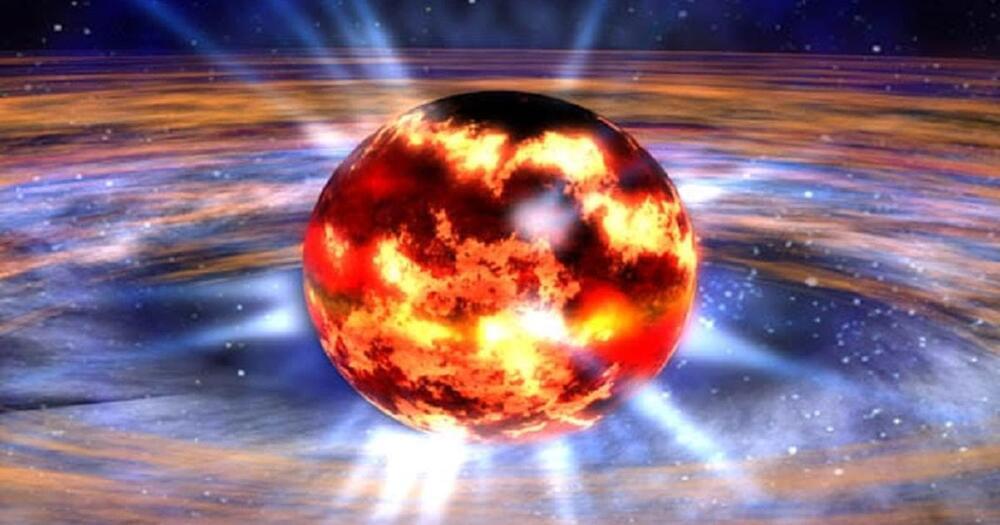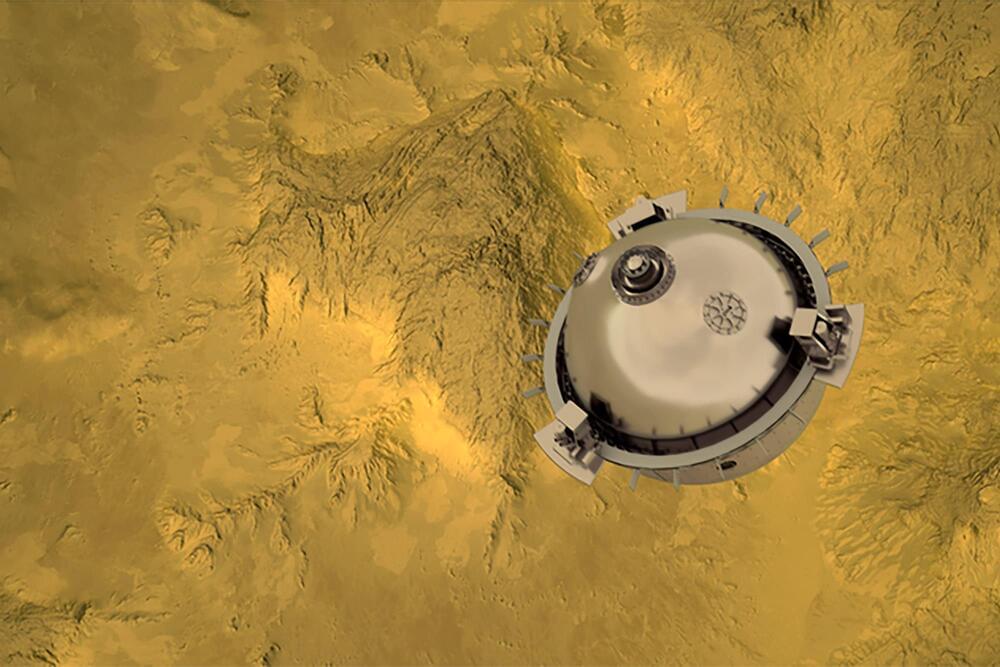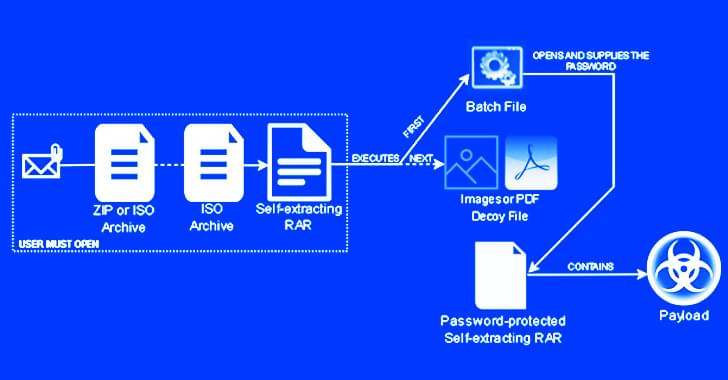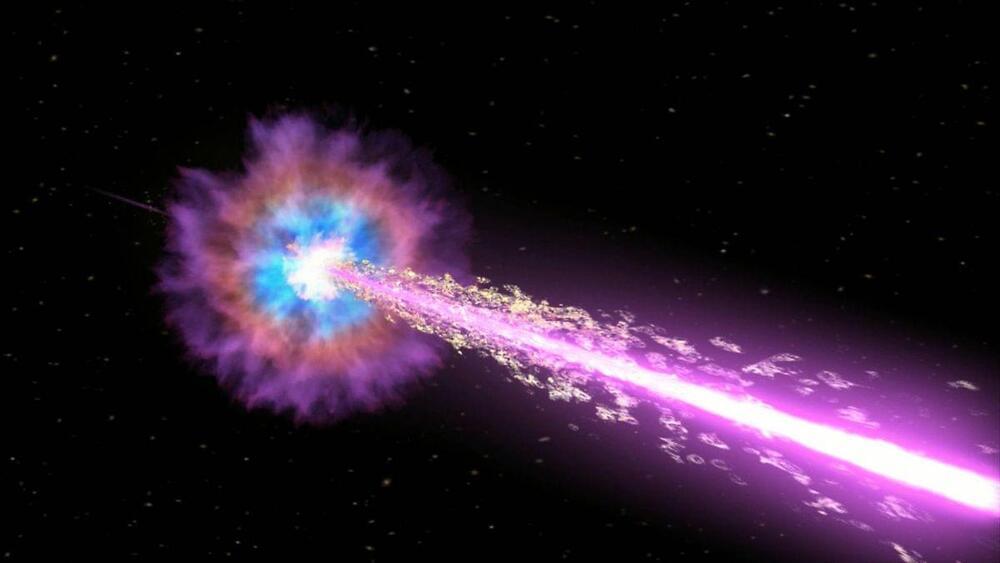Oct 24, 2022
Astronomers find a potential “quark star” that defies conventional physics
Posted by Atanas Atanasov in categories: particle physics, space
Quarks all the way down.
Astronomers recently discovered that this neutron star left behind by the collapse and explosion of a supergiant is now roughly 77 percent the mass of our Sun, packed into a sphere about 10 kilometers wide. That’s a mind-bogglingly dense ball of matter — it’s squished together so tightly that it doesn’t even have room to be atoms, just neutrons. But as neutron stars go, it’s weirdly lightweight. Figuring out why that’s the case could reveal fascinating new details about exactly what happens when massive stars collapse and explode.
What’s New — When a massive star collapses, it triggers an explosion that blasts most of the star’s outer layers out into space, where they form an ever-widening cloud of hot, glowing gas. The heart of the star, however, gets squashed together in the final pressure of that collapse and becomes a neutron star. Normally, what’s left behind is something between 1.17 and 2.35 times as massive as the Sun, crammed into a ball a few dozen kilometers wide.

















